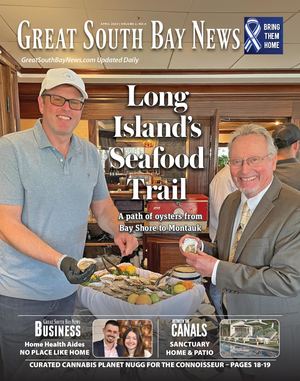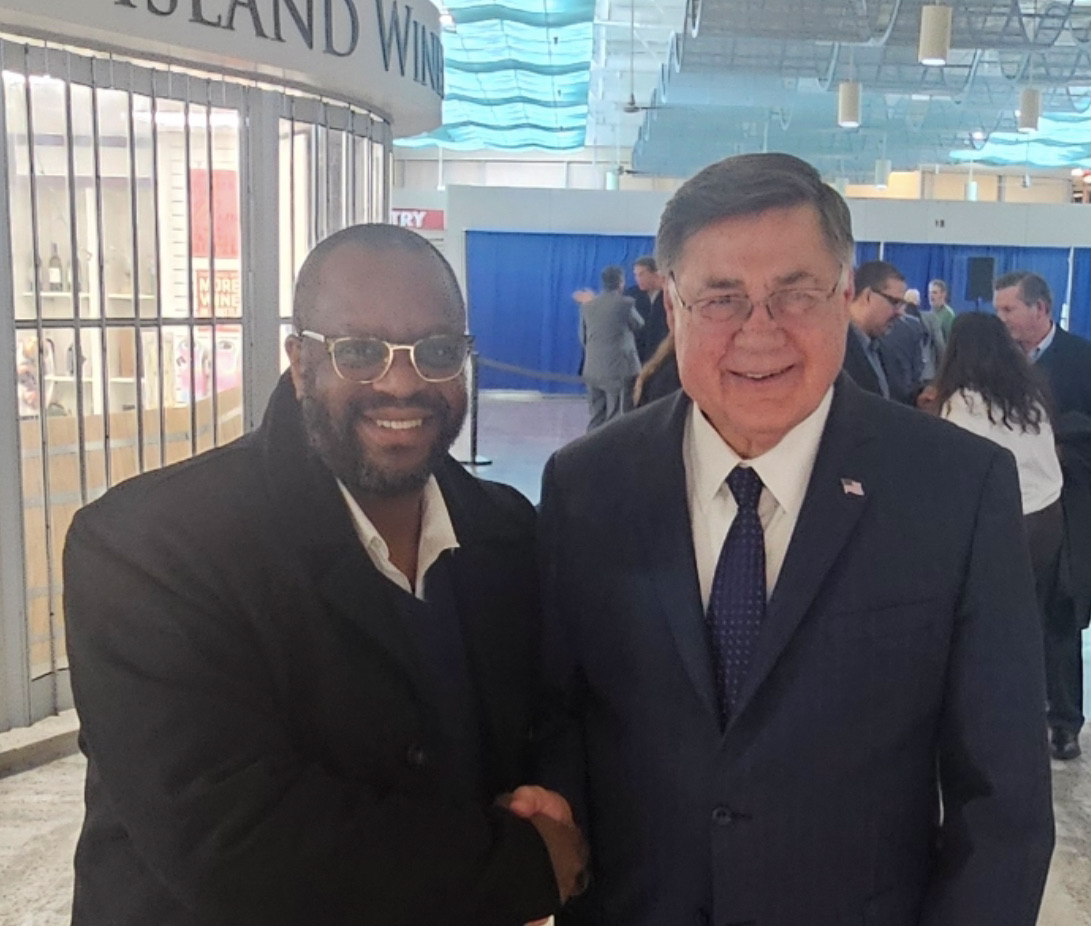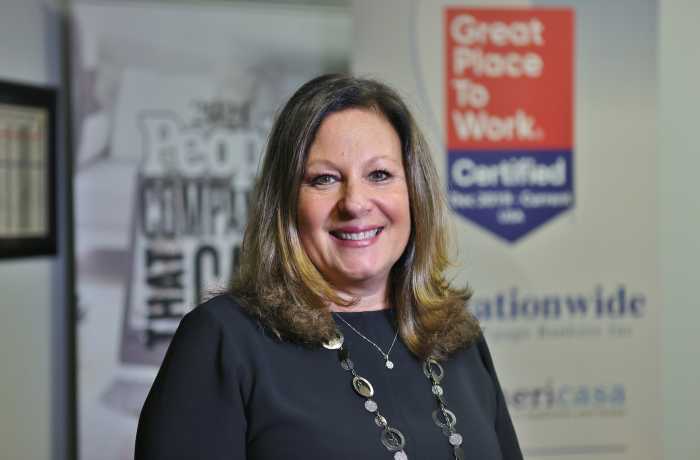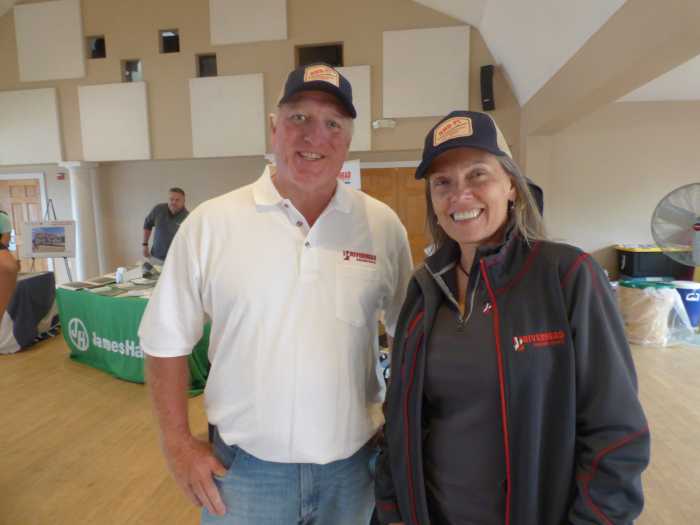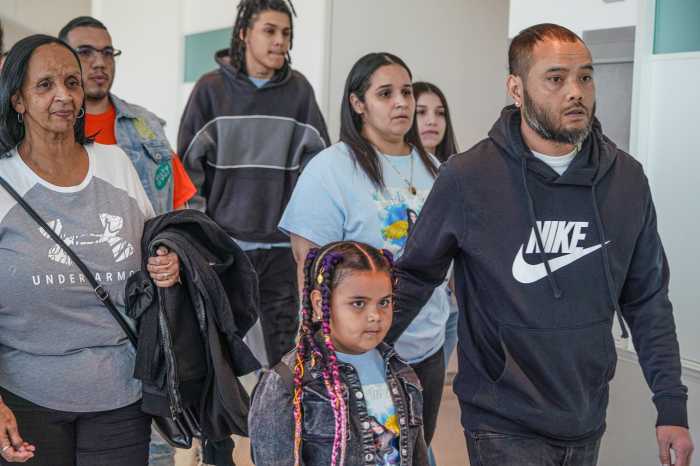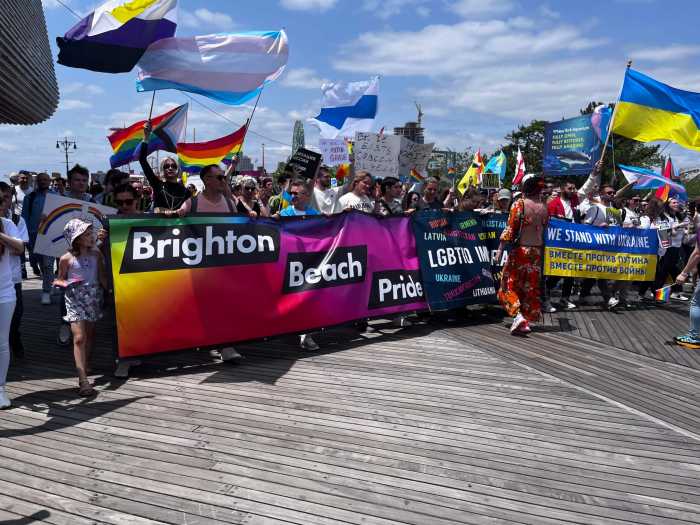Long Island’s civil rights challenges are underestimated. Most school and real estate integration battles in the public arena are assumed to be in the South, and our region is generally viewed as more progressive. However, what has slipped through our collective consciousness is that our area had a high concentration of the Ku Klux Klan during the turn of the century (estimates as high as one in seven residents), racial clauses in housing, and fights for school integration. Due to the lack of attention on civil rights, most novice historians forgot that Martin Luther King came to Long Island to visit Fire Island and raise awareness against school segregation in communities such as Malverne Village in Nassau County.
A closer look at present-day Long Island reveals unfinished business. According to the 2010 census, Long Island (Suffolk and Nassau Counties) ranked among the top 20 most segregated communities. Ten years later, the 2020 census records reflected a growth in Hispanic and Black populations and some progress, but they still reflect a persistent disparity. Civil rights organizations, including the National Association for the Advancement of Colored People (NAACP), have advocated for change for decades. One individual who has devoted his life to this cause is William King Moss, III, the president of the Islip-Smithtown Branch of the NAACP. An Islip resident, Moss is fundamentally a lifelong educator, which is most evident in his role as the Director of Academic Affairs at the Lawrence School District. Since 2015, he has showcased his versatility in community service by serving as president of the NAACP. Before leading this branch, Moss acknowledged his impact on community service by founding the NAACP chapter at Harvard University.
Great South Bay News (GSBN): What is the most successful component of civil rights progress?
William King Moss, III (WKM): Bipartisanship is the foundation of civil rights reform, and true bipartisanship is the author, mother, and father of all lasting reform.
GSBN: Can you elaborate on how bipartisanship strengthens civil rights progress?
WKM: Bipartisanship fosters growth over time by preventing any faction that gains control from stripping away progress.
GSBN: What is the most significant local civil rights challenge?
WKM: Our institutions, government, private, small and large, have limited engagement with the science of opportunity. If you want someone to have a chance, tell them about it and let them know they are invited to participate. Overall, if a person does not know about something, they can’t respond. An example is something as simple as a job posting. How are you posting the position? Are you using all digital methods or only posting in specific papers with a particular demographic for a reader base? This limits who knows of that opportunity and keeps the same like-minded people in power and wealth… all due to their refusal to engage with other communities in opportunities.
To address part of this issue, our branch collaboratively drafted and proposed the Hiring Outstanding Professionals in Education Act (NYS Assembly Bill 5784), aimed at expanding opportunities in the public education sector. It is currently under review by the state assembly committee.
GSBN: How do you feel about school districts being hesitant to teach more extensive Black history?
WKM: I am more concerned about White people not learning Black history than about Black people not learning their own. Black people will learn about their history regardless, but White people may not realize that Black history is their history too. Not mine, but theirs. Are they studying White abolitionists? Are they learning about Reconstruction? Are they examining White integrationists? Who will they hold up as role models in their community? People often forget that the NAACP was founded by both White and Black individuals, which is reflected in its membership today.
GSBN: What are some of the most successful programs and events the NAACP Branch of Islip and Smithtown rolled out last year?
WKM: We engage in extensive programming with various community partners in both Black and White communities. Our branch hosts the largest backpack giveaway on Long Island, collaborates on the Act-So Achievement Scholarship Program, and operates a summer camp with certified teachers to give kids an academic head start for the upcoming year. Additionally, we have established the first LGBTQ+ committee within our branch’s executive board, the first of its kind in the country for the NAACP.
Our success is based on the overall theme of working with various partnerships in various communities and inviting everyone to an opportunity for engagement.
GSBN: Is there anything you with to say that we did not cover?
WKM: The problem of civil rights today in New York is that we inherited them without a struggle. Had we worked hard for these rights, we’d know what they are and how important they are to maintaining the fledgling struggles for equal rights and fairness we see today. We all know that “isms” like racism, colorism, and sexism aren’t dead. They function under the covers of nepotism and cronyism. But in the end, when a powerful person’s family, comrades, and partners are all the same race (as they so often are), the discriminatory connection cannot be severed.
Learn more about the Islip-Smithtown NAACP by visiting islipnaacp.org
